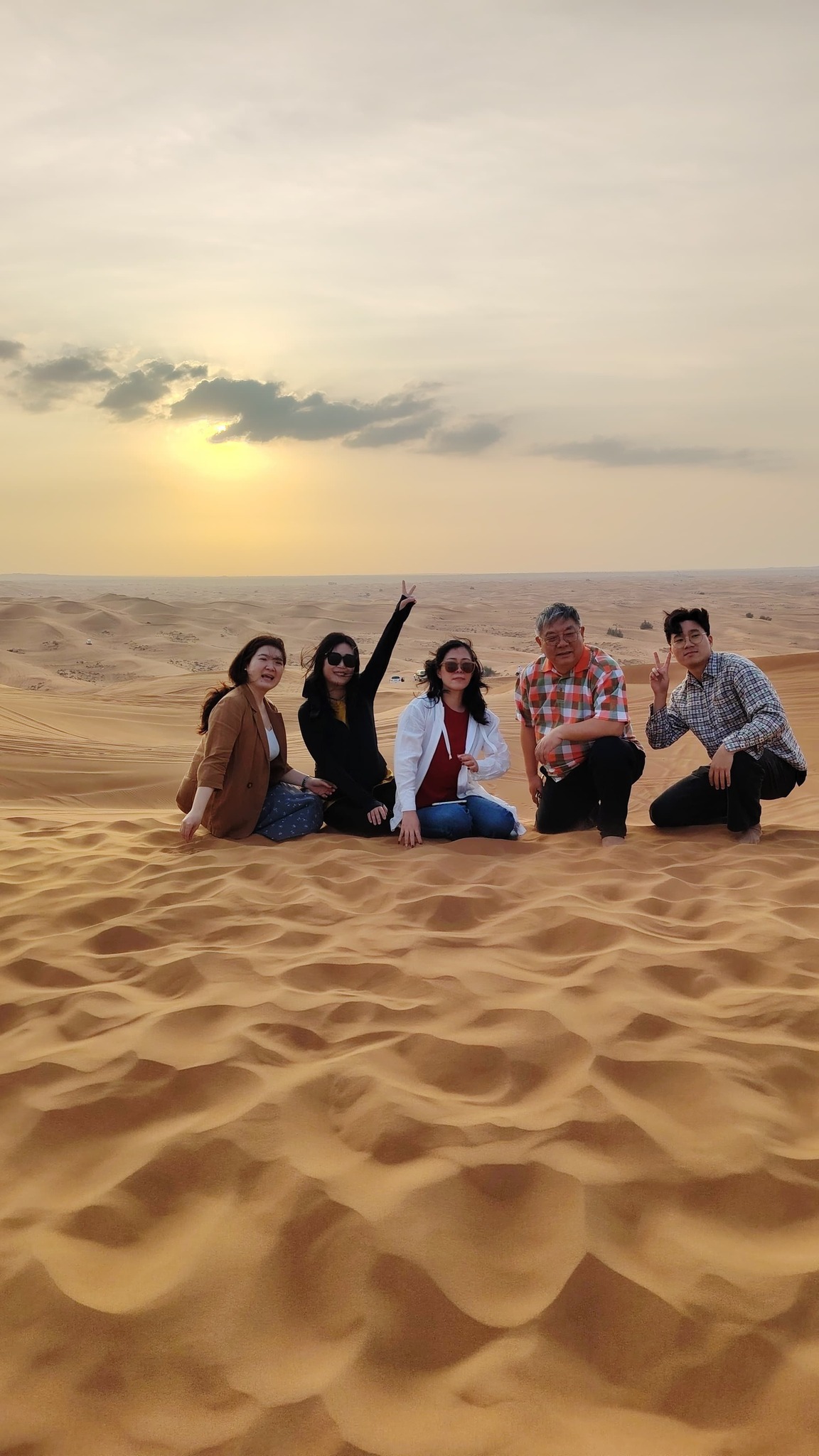Photography Essentials
Capturing the essence of a destination goes beyond just clicking a button. As a travel photographer, I've learned that the best images tell stories and evoke emotions. Whether you're using a professional camera or smartphone, composition is your most powerful tool. Follow the rule of thirds by placing points of interest at the intersections of imaginary grid lines, creating more balanced and engaging photos.
Lighting transforms ordinary scenes into extraordinary memories. The golden hours—shortly after sunrise and before sunset—bathe landscapes in warm, flattering light that adds depth and dimension. Instead of shooting at midday when harsh shadows dominate, seek shade or use diffused light for portraits. When photographing landscapes, use a small aperture (f/8-f/16) for greater depth of field, ensuring both foreground and background remain sharp.
Always pack spare batteries, memory cards, and a lightweight tripod for low-light situations. Consider investing in a versatile lens like a 24-70mm before buying specialized equipment. Most importantly, be present in the moment—sometimes experiencing a place fully means putting the camera down and simply absorbing its atmosphere. The memories you create are just as valuable as the images you capture.


Packing Smart
After countless trips across six continents, I've refined packing into an art form. The secret? Versatility and minimalism. Choose clothing in complementary colors that can be layered and mixed to create multiple outfits. Merino wool items are ideal travelers—naturally odor-resistant, quick-drying, and suitable for various temperatures. Rolling clothes instead of folding saves space and reduces wrinkles.
Organization transforms the travel experience. Use packing cubes to separate clothing categories, making items easy to find without unpacking everything. Store toiletries in leak-proof silicone bottles, and always place them in a sealed bag. Keep essentials (medications, documents, electronics) in your carry-on, never in checked luggage. For long trips, plan to do laundry rather than packing for every day—most accommodations offer laundry services or are near laundromats.
Digital minimalism is equally important. Transfer travel documents to secure cloud storage accessible offline. Download maps, translation apps, and entertainment before departure. A portable battery pack is non-negotiable for long travel days. Remember that the best souvenirs are experiences and photographs—leave physical space in your luggage for the occasional meaningful purchase that truly represents your journey.
Solo Travel Safety
Solo travel offers unparalleled freedom and personal growth, but requires additional awareness. Research destinations thoroughly before arrival—understand local customs, common scams, and safe neighborhoods. Share your itinerary with trusted contacts and establish regular check-in times. Trust your intuition—if a situation feels uncomfortable, remove yourself without hesitation.
Practical safety measures make a significant difference. Keep digital and physical copies of important documents. Use a cross-body bag with anti-theft features in crowded areas. Diversify how you carry money—keep small amounts in accessible locations and larger sums secured in hidden pouches or your accommodation safe. Register with your country's embassy when visiting high-risk regions.
The true secret to solo travel safety? Connection. Introduce yourself to hotel staff who can provide local advice and recognize if you're missing. Join free walking tours to meet fellow travelers and gain cultural context. Use reputable transportation options, even if slightly more expensive. Confidence is your greatest asset—walk purposefully, limit phone use while navigating, and project awareness of your surroundings. Remember that most people worldwide are kind and helpful—openness balanced with reasonable caution creates the richest travel experiences.